U.S. Army: Foreign Tanks Are Now "Competitive" to the M1 Abrams
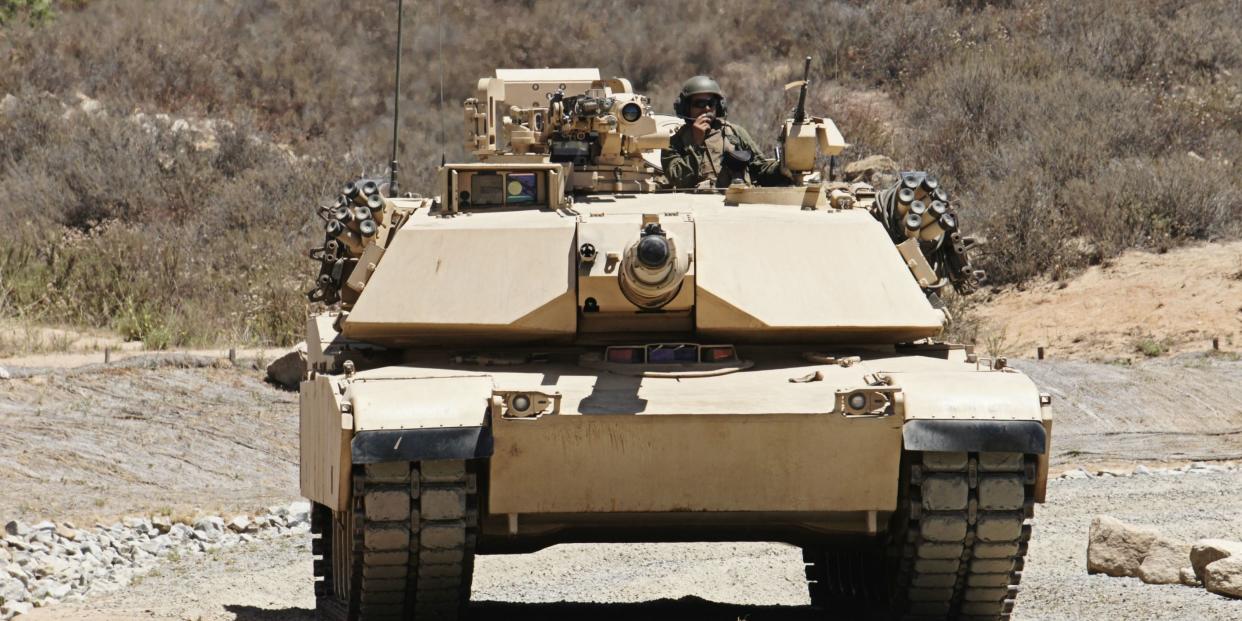
A number of foreign tanks are equal or nearly equal to the M1 Abrams main battle tank. The U.S. Army admits the Abrams, which reigned supreme on battlefields for decades, no longer has "overmatch" against potential adversaries-particularly Russia.
In testimony to the Senate Armed Services Committee, Lt. Gen. John M. Murray, deputy chief of staff for financial management, listed a number of tanks he thought were as good as the M1 Abrams. The list included the Israeli Merkava IV, British Challenger 2, and Russia's T-90A and T-14 Armata main battle tanks.
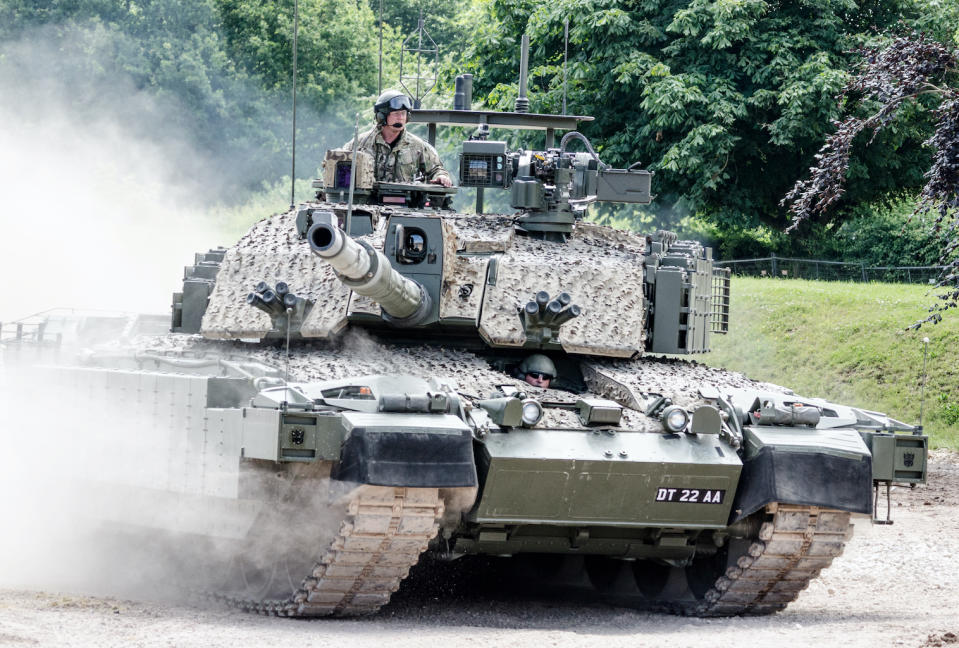
The general was asked a question by Senator Tom Cotton which tanks, if any, were competitive with the Abrams. "I think we have parity," Gen. Murray stated at the committee hearing. "I think there is parity out there. I don't think we have overmatch."
The list is interesting both for what it does and doesn't include. The list includes the Challenger II and T-90A, both of which have been around since the 1990s, although the T-90A only entered service in 2004. Murray stated that the T-90A was "pretty close" to parity, meaning the status quo has existed for 13 years.
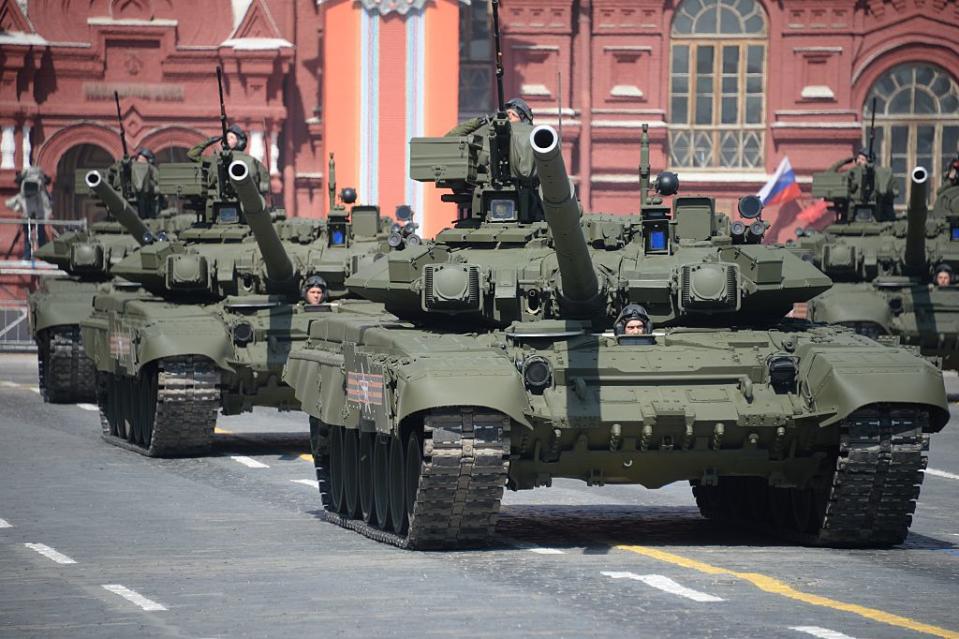
The T-90A main battle tank is the only one Murray listed that arms adversaries of the United States-Syria and Russia. The T-90A is an updated version of the 1970s-era T-72 tank, armed with a 2A46 125-millimeter main gun smoothbore main gun that fires anti-tank shaped charge and armor-piercing discarding sabot rounds. It can also fire the Refleks laser-guided anti-tank missile with a range of over three miles. The tank has a crew of three, weighs 46 tons, and has a top speed of 37 miles per hour. T-90As have been fitted with the Arena active protection system designed to detect and destroy incoming rocket and missiles, but it's unknown how many vehicles have actually received the system. Less than 800 T-90s are in Russian Army inventories, although the number of tanks is expected to eventually reach 1,400.
Introduced in 2014, the T-14 Armata is set to become Russia's frontline main battle tank. A "clean sheet design," the Armata is new and not based on any previous vehicle. It was designed by Russian defense contractor Uralvagonzavod and is armed with a 2A82 125-millimeter main gun that fires anti-tank gun rounds and missiles. Armata is assessed as being heavily armored, including fourth generation Malakhit reactive armor, and protected by the Afghanit active protection system. Radar-reducing and infrared masking features, such as turret and hull shaping, burying heat-producing equipment deep in the vehicle, and anti-radar paint are baked into the vehicle design. Armata also has a crew of three weighs approximately 50 tons, and has a top speed of 56 miles an hour.
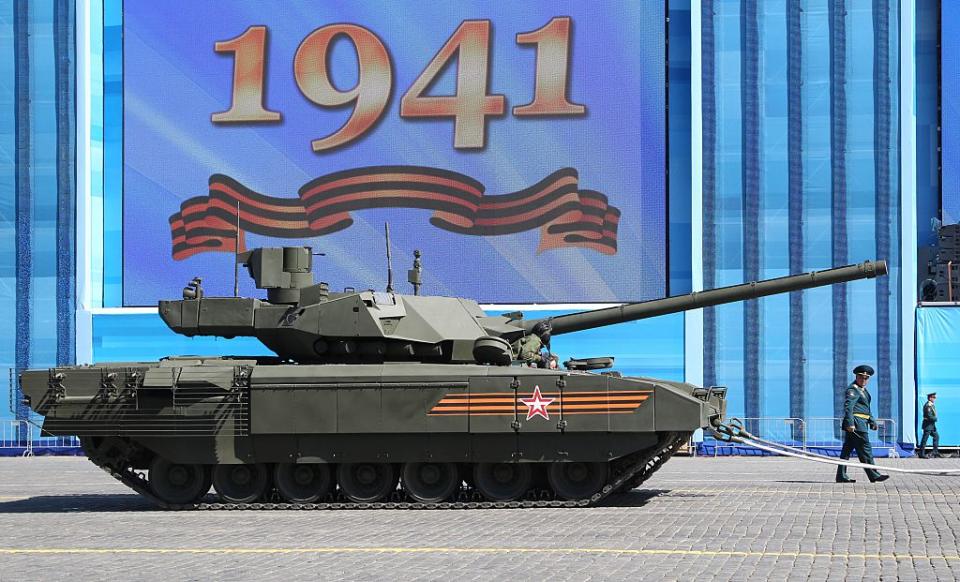
Armata was supposed to enter service in 2015, but the vehicle hasn't been detected in significant numbers in the field. Developmental snags and defense budget cuts appear to have slowed Armata's deployment. That having been said, the T-72/T-90 line of tanks has hit a design dead end, leaving Armata as the only design going forward. Armata's use of a 125-millimeter gun, the standard caliber of Russian/Soviet tanks since 1971, is considered merely a placeholder until an even larger gun is needed. That the Russians didn't introduce Armata at the outset with a larger gun is a hint Moscow is satisfied with the 2A82 gun's ability to penetrate the armor of an Abrams tank -- for now anyway.
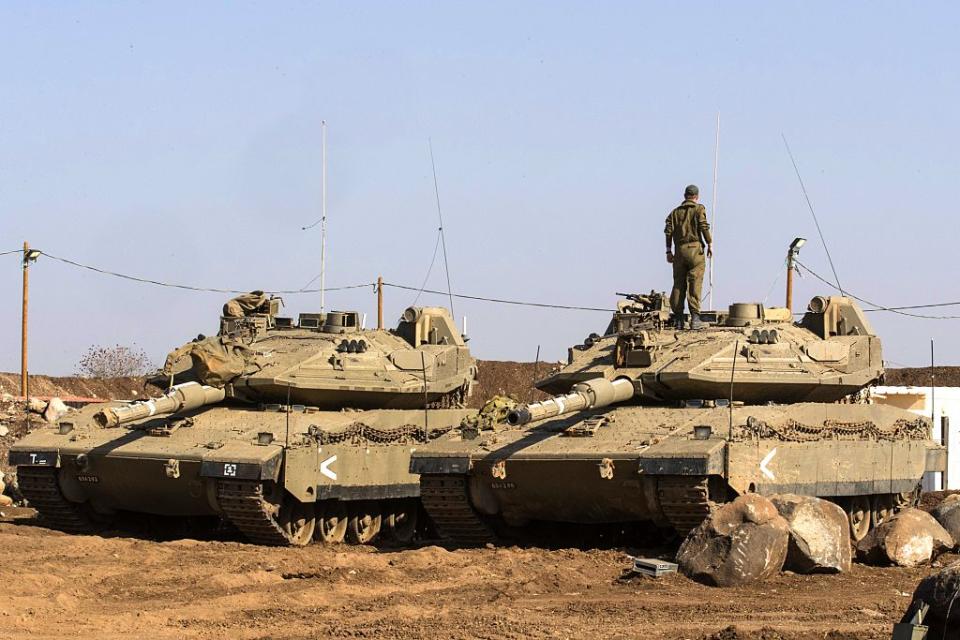
Of the deployed tanks Murray listed, the Israeli Merkava IV is the newest. Introduced in 2004, Merkava IV is the latest in a long line of Merkava tanks reaching back to the early 1980s. The latest version sports an Israeli-designed 120-millimeter main gun, removable modular armor for quick repairs in the field, and an advanced battle management system that displays the location of friendly air and ground forces on an LCD display. Merkava IV is equipped with the Trophy active protection system.
What's also interesting are the tanks Murray didn't list. Murray didn't mention the Chinese Type 99, German Leopard 2, or Japanese Type 10 tanks. The general was answering a question, not reading a prepared statement, so his remarks were somewhat off-the-cuff. Still, it's a little surprising that tanks of a potential adversary, China, were left off the list, unless the Army doesn't consider them very good.
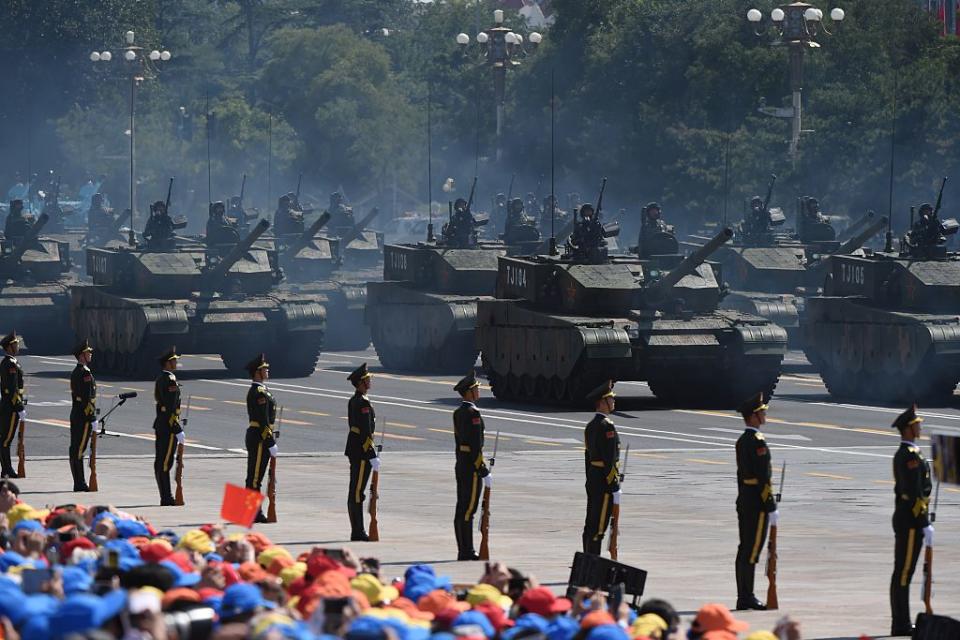
What does this mean for the U.S. Army? Given that most of the tanks listed are friendly, the situation with the T-90A has existed since 2004, and the Armata is late, there's no reason to panic. Although the Abrams has been updated continually over the last 15 years, most of the updates have been geared towards guerrilla warfare: the Tank Urban Survival Kit (TUSK) among other things added reactive armor to defeat rocket-propelled grenades, armored shields for machine gun positions, and a phone mounted on the rear of the tank to allow nearby infantry to communicate with the crew.
With the wars in Iraq and Afghanistan winding down or no longer requiring tanks, future M1 upgrades will refocus on big power warfare. The new Advanced Multipurpose Round will replace traditional high explosive, anti-tank (HEAT) shaped charge rounds, anti-helicopter rounds, and anti-personnel rounds. The U.S. Army will also test active protection systems for the Abrams, which will help negate the problem of being outranged by the T-90A's Refleks missile and the Armata's Sprinter missile.
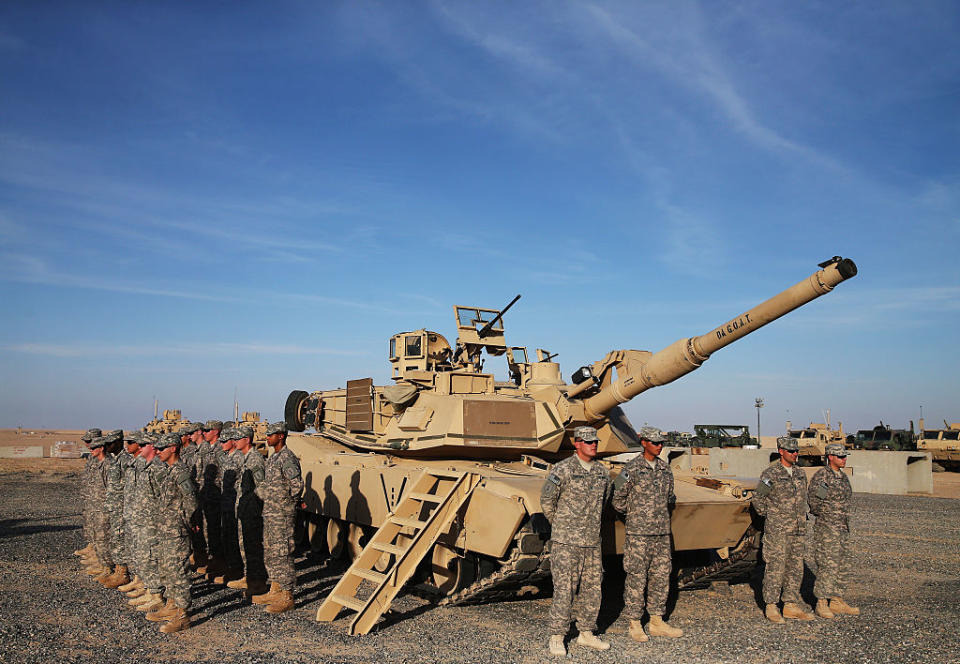
Still, despite the upgrades the sun is slowly setting on the M1 Abrams. The Army has tried to field a replacement before: between 1999 and 2008 it spent a staggering $18.1 billion over nine years developing Future Combat Systems, a family of vehicles designed to replaced the M1 Abrams, M2 Bradley, and others, all without producing a single useable vehicle. The Army's current Next Generation Combat Vehicle could produce a replacement for Abrams, but wary that tanks are on the verge of obsolescence the Army isn't committing to the idea of a real, honest-to-god tank. The Russians don't appear to have any such misgivings: upgrades to their fleet of T-90As and the new T-14 Armata prove the Russians are going all-in on the concept of the tank dominating the battlefield for decades to come.
Source: Defensetech
You Might Also Like

